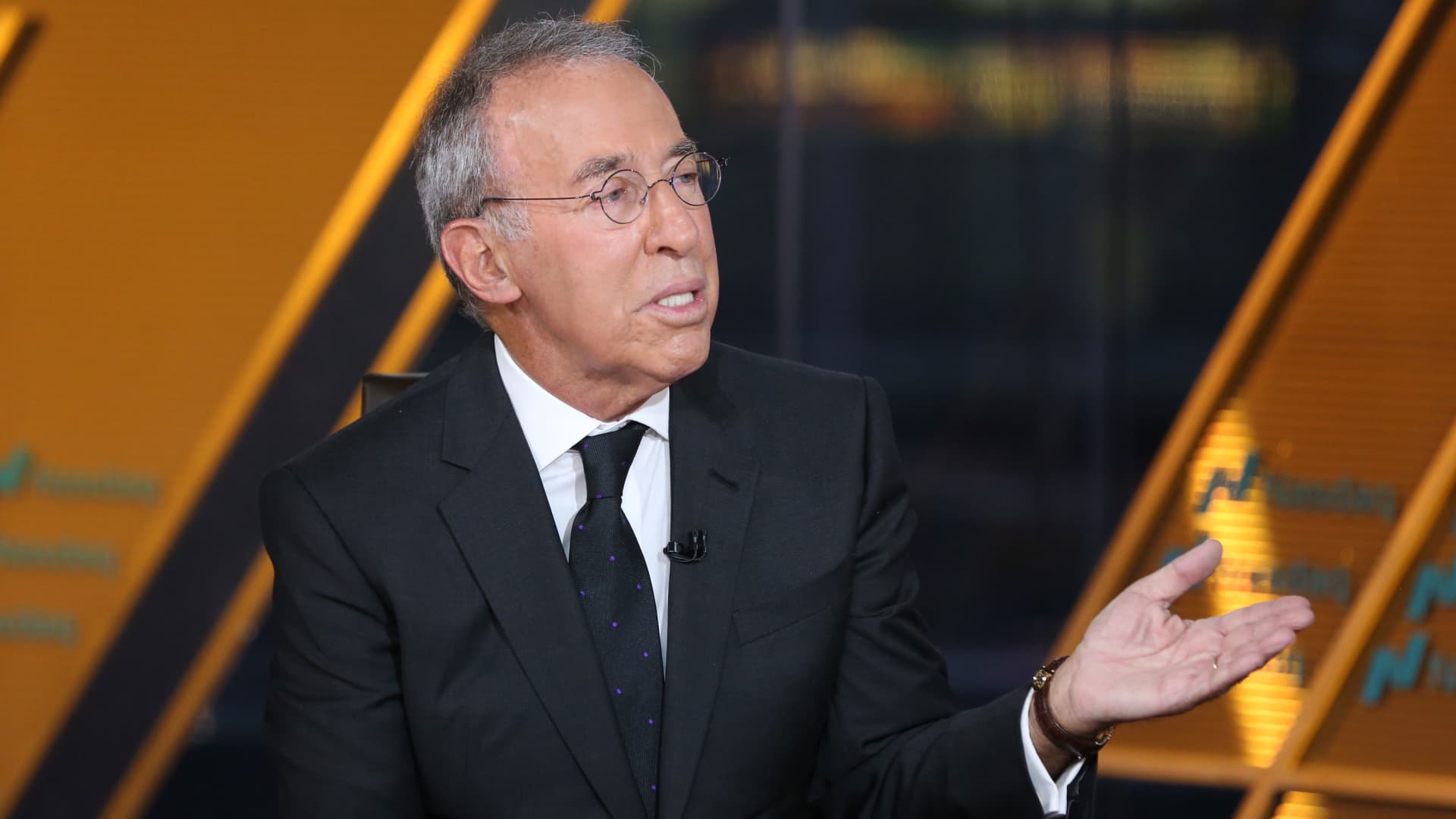Generate Monthly Income With ETFs—No Options Knowledge Required
:max_bytes(150000):strip_icc():format(jpeg)/GettyImages-2204238294-de6b82b31c1e48b1a528fad36de90ec4.jpg)
:max_bytes(150000):strip_icc():format(jpeg)/GettyImages-2204238294-de6b82b31c1e48b1a528fad36de90ec4.jpg)
Hispanolistic/Getty Images
ETFs using complex derivative strategies have been seeing massive inflows. Are they right for you?
Exchange-traded funds (ETFs) that use options strategies have exploded in popularity, with two of the most popular types reaching about $120 billion in assets in 2025. The upshot is that you can invest in these sophisticated income-generating strategies without knowing the difference between a call and a put.
But do they deliver? Are they worth their higher fees? What are the risks?
Key Takeaways
- Covered call ETFs generate monthly income by selling call options against the fund’s stock holdings, with professional managers handling all the complex options strategies.
- Buffered ETFs use sophisticated options strategies to protect against initial losses (typically the first 10% to 15%)—hence their name—while still allowing for limited upside participation.
ETFs That Turn Options Into Monthly Paychecks
We’re going to focus on two types of ETFs within the broader category of funds whose strategies include derivatives trading:
- Covered call ETFs own stocks and sell call options against them, generating monthly income from option premiums while sacrificing some of your gains when there’s a strong bull market.
- Buffered ETFs use options contracts to protect against initial losses (typically as much as 10%-15%) while capping gains at preset levels, creating somewhat defined outcomes over set periods.
These ETFs handle complex options trading behind the scenes. The result: monthly income from covered call ETFs or downside protection from buffered ETFs that shield against initial losses.
These funds can be relatively costly, with expense ratios up to 10 times those of basic index funds.
Covered Call ETFs: Is Limited Downside a ‘Myth’?
Covered call (also called “buywrite”) ETFs have attracted about $75.2 billion in assets, with an average expense ratio of 0.80%, according to our analysis of May 2025 data from the ETF Database. Their appeal is that they turn volatility into income by owning stocks from major indexes like the S&P 500 or Nasdaq 100, then systematically selling call options against their holdings.
The strategy works best in sideways or modestly rising markets, when these ETFs can keep both any modest stock gains and the option premiums, according to research.
However, May 2025 research from ProShares reveals a significant problem: in the previous decade, funds using these strategies fell almost as much as the broader market during downturns (84% of losses) but missed out on much of the upside (only 65% of gains) during market rallies.
For example, when the S&P 500 dropped 32% from February to March 2020 during the pandemic crash, the Cboe S&P 500 BuyWrite Index declined 29%—almost as much.
Thus, the downside protection many investors expect is often a “myth,” the analysis argued. The strategy gives up much of the potential market upside by selling call options, while income from options premiums does little to protect the downside in selloffs, especially rapid ones.
Buffered ETFs: Downside Protection With Capped Upside
U.S. buffered ETFs have ballooned from $4.6 billion in assets in August 2020 to $43.4 billion, with an average expense ratio of 0.77%.
These funds create “outcome periods” (usually 12 months) for which they promise specific results: protection against a certain level of losses in exchange for capped gains. For example, a buffered ETF might shield you from the first 15% of market declines while limiting your gains to 18% even if the market rises, say, 30%.
The data shows mixed results. Buffered ETFs returned an average 11% from 2020 to 2025, compared with 14.5% for the S&P 500 Index, according to Morningstar analysts. But they did limit the downside as advertised, reducing portfolio volatility. For example, in 2022, when the S&P 500 lost 18%, the First Trust group of buffer ETFs lost 7.7%; Pacer’s buffered ETFs lost just 4.0%.
Buffered ETFs’ gains during bullish periods seem to be capped at about three-quarters of broader market gains. For example, the TrueShares Structured Outcome January ETF (JANZ) returned 18.1% in 2024, compared with the S&P 500’s 25.0%.
In addition, AQR Capital analysts in 2025 found that 90% of defined outcome funds delivered lower returns than a simple stocks/cash combination, causing them to argue you’re better off “simply reducing your exposure to equities” and putting part of your portfolio in cash or bonds.
The Bottom Line
Covered call and buffered ETFs provide easy ways to access sophisticated options strategies without requiring expert knowledge. While appealing to conservative investors, these strategies have significant trade-offs. Covered call ETFs are less effective in fast-moving, directional markets. Buffered ETFs appear to deliver more of what they promise, but keeping more cash on hand might have the same result without the management fees. In fact, both types of ETFs charge fees that are higher than average, which will reduce long-term portfolio growth.









